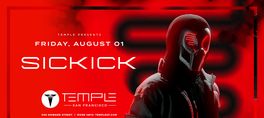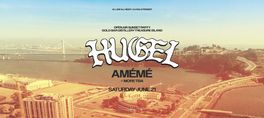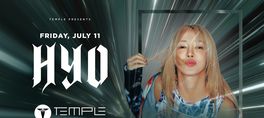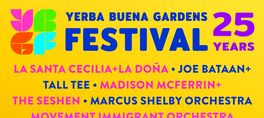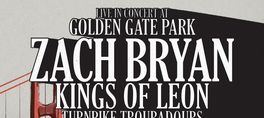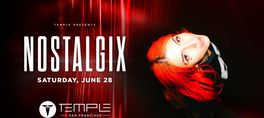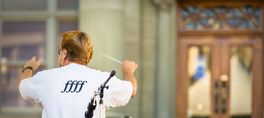Tue April 9 - Sun August 18, 2024
Japanese Prints in Transition: From the Floating World to the Modern World
SEE EVENT DETAILS
In 1868 Japan's shogun was overthrown, marking the end of feudal military rule and ushering in the Meiji era (1868-1912), a period of modernization and exchange with other nations. As Japan's society shifted, so too did its print culture. The delicately colored ukiyo (floating world) woodcut prints of actors, courtesans, and scenic views that had flourished for over a century were replaced with brightly colored images of Western architecture, technology (trains, steam-powered ships, telegraph lines), Victorian fashions and customs, and modern military warfare. Featuring permanent collection works from the Achenbach Foundation for Graphic Arts that haven't been displayed for a more than a decade, this two-part exhibition (the floating world and the modern world) highlights this stylistic transition and the work of one artist, Tsukioka Yoshitoshi, who successfully spanned them both. His distinctive, sometimes eccentric, images serve as a link between the two eras.
Image Credit: Yoshu Chikanobu, "Imperial Party Visits the Park at Asukayama" (detail), 1888. Color woodcut triptych, 14 5/8 x 28 5/8 in (36 x 72.8 cm). Museum purchase, Achenbach Foundation for Graphic Arts Endowment Fund, 1987.1.43. Photograph by Randy Dodson, image courtesy of the Fine Arts Museums of San Francisco.
show less
Image Credit: Yoshu Chikanobu, "Imperial Party Visits the Park at Asukayama" (detail), 1888. Color woodcut triptych, 14 5/8 x 28 5/8 in (36 x 72.8 cm). Museum purchase, Achenbach Foundation for Graphic Arts Endowment Fund, 1987.1.43. Photograph by Randy Dodson, image courtesy of the Fine Arts Museums of San Francisco.
In 1868 Japan's shogun was overthrown, marking the end of feudal military rule and ushering in the Meiji era (1868-1912), a period of modernization and exchange with other nations. As Japan's society shifted, so too did its print culture. The delicately colored ukiyo (floating world) woodcut prints of actors, courtesans, and scenic views that had flourished for over a century were replaced with brightly colored images of Western architecture, technology (trains, steam-powered ships, telegraph lines), Victorian fashions and customs, and modern military warfare. Featuring permanent collection works from the Achenbach Foundation for Graphic Arts that haven't been displayed for a more than a decade, this two-part exhibition (the floating world and the modern world) highlights this stylistic transition and the work of one artist, Tsukioka Yoshitoshi, who successfully spanned them both. His distinctive, sometimes eccentric, images serve as a link between the two eras.
Image Credit: Yoshu Chikanobu, "Imperial Party Visits the Park at Asukayama" (detail), 1888. Color woodcut triptych, 14 5/8 x 28 5/8 in (36 x 72.8 cm). Museum purchase, Achenbach Foundation for Graphic Arts Endowment Fund, 1987.1.43. Photograph by Randy Dodson, image courtesy of the Fine Arts Museums of San Francisco.
read more
Image Credit: Yoshu Chikanobu, "Imperial Party Visits the Park at Asukayama" (detail), 1888. Color woodcut triptych, 14 5/8 x 28 5/8 in (36 x 72.8 cm). Museum purchase, Achenbach Foundation for Graphic Arts Endowment Fund, 1987.1.43. Photograph by Randy Dodson, image courtesy of the Fine Arts Museums of San Francisco.
show less
Date/Times:
Legion of Honor
438 Upcoming Events
100 34th Avenue, San Francisco, CA 94121
The Best Events
Every Week in Your Inbox
From Our Sponsors
UPCOMING EVENTS
Great suggestion! We'll be in touch.
Event reviewed successfully.


